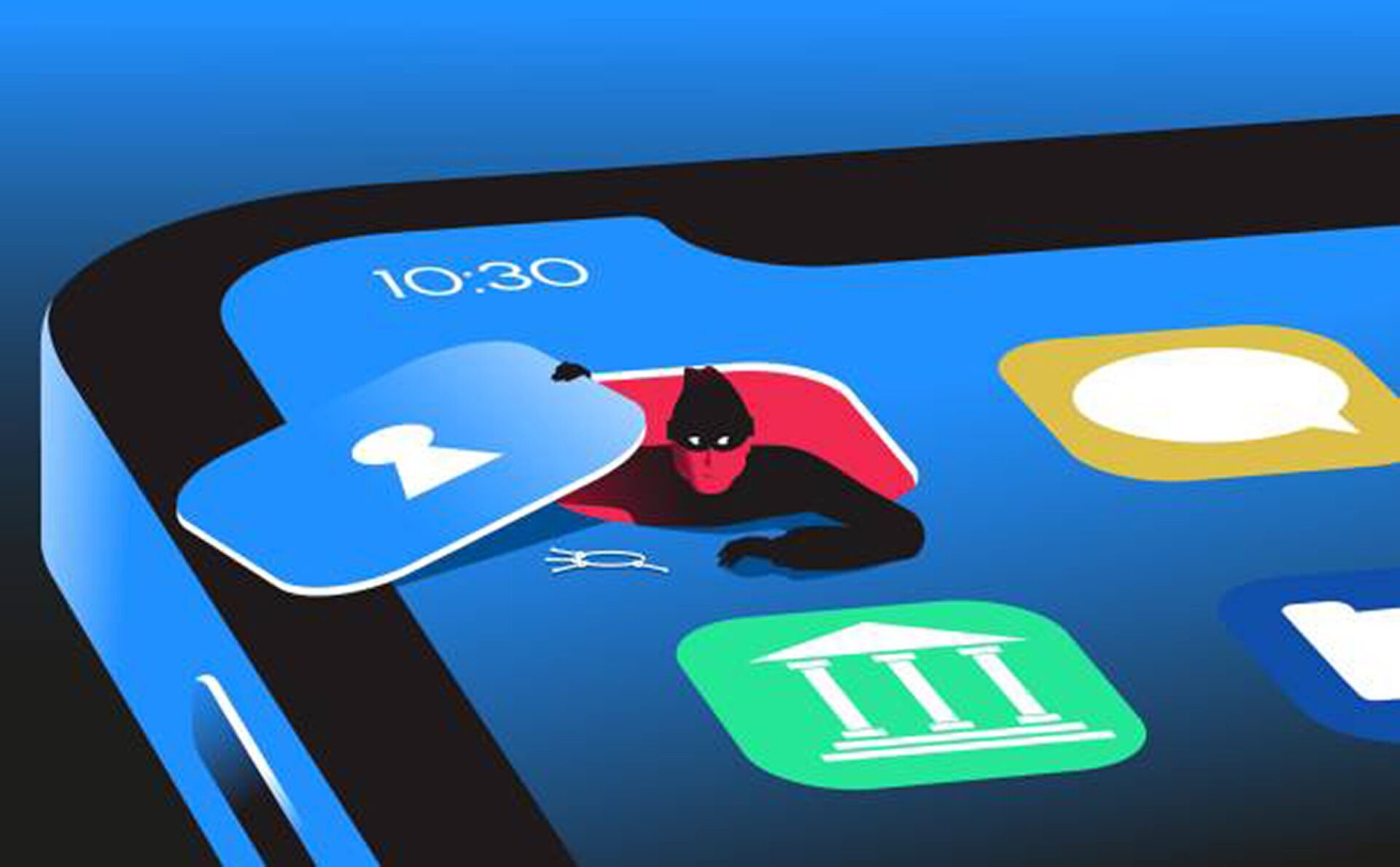Is mobile banking actually secure?
In today’s society, there are two general consumer camps: one that expects a high level of customer service, preferably from a human being, and one that would rather endure physical torture than talk with a real person. This certainly holds true for banking.
Whether opening a checking account, making deposits, or completing any transaction that requires sharing personal information, a huge swath of people believe that the only way to ensure security is to visit a brick-and-mortar bank and deal directly with a person behind a counter. On the other hand, some banking customers have never stepped foot into an actual bank building. They simply downloaded a mobile banking app from the app store, opened a bank account, and started paying bills, transferring funds, depositing paychecks, etc. – no actual physical mobility on their part needed at all.
Digital Banking Defined
Online banking is defined by logging on to your bank’s website on your computer, tablet, or phone. Mobile banking is when you make banking transactions through your bank’s mobile app, acquired either through the bank’s website or through a trusted app store.
Online banking has been around for about 25 years, and mobile devices got into the game with the influx of smartphones in the early 2010s. But along with the evolution of digital transactions also came smarter and more brazen cybercriminals. Identity theft, phishing attacks, and data breaches are more common than ever. For instance, a cyberattack occurs roughly once every 39 seconds1 and identity theft occurs every 4 seconds, with 33% of Americans becoming victims2 – and crime statistics are expected only to rise.
Scary or Safe?
Our culture’s Great Consumer Divide aside, can mobile banking be trusted as a safe way to handle all things financial in our lives?
Most banking websites and apps offer various levels of security measures that protect consumers. Sensitive information is typically encrypted, which is a way of scrambling text so it can be used by only the intended recipient. Multifactor authentication is another way to protect the banking customer’s identity. Usually this involves the customer receiving an email or a text message with a code. This code must be entered to gain entry to use the system and retrieve personal data. The latest iteration of mobile security for Android or iOS phones is biometric authentication, like face ID or touch ID, which completely personalizes access from a smartphone.
Banks invest heavily in measures to protect their customers and prevent systemwide cyberattacks. According to Paul Benda, senior vice president for operational risk and cybersecurity at the American Bankers Association, “If you download the mobile app from a secure store, that is just as safe as visiting a bank branch.” He says that the safest place from which to download a mobile banking app is your bank’s website because “banks use extremely secure, high-end encryption technologies.”2
Although the bank employs its own security, consumers can – and must – do several things to protect against cyberthreats.
- Avoid using public Wi-Fi networks. There’s a chance someone is lurking within the web to see and steal your data.
- Download your banking app only from your bank’s website or an official app store. Otherwise, it could be fake or loaded with malware.
- Use two-factor authentication or multi factor verification. Don’t skip it! This is a great way to boost security.
- Create a secure password that is at least eight characters long and includes a combination of uppercase and lowercase letters, symbols, and numbers.
- Don’t take the bait from phishers! If you get a call, email, or text from your bank when you did not initiate contact, be wary! Never, ever, ever (ever) give any account details in response to these communications. Reach out directly to your bank branch or the official bank phone number or website.
Bottom line? Don’t fear digital banking! Your bank is no doubt staying on top of security measures, and you can be proactive in protecting yourself as well. So, whether you love a good chat with a customer service rep or you prefer no human eye contact be made in the marketplace, online and mobile banking are an easy, convenient, and secure ways of handling your financial business.
Southern Bank is committed to keeping our customers’ accounts and information secure. Fraud and identity theft can wreak havoc on your finances and your credit history. So, we’ve compiled informative resources that provide steps you can take to prevent and protect yourself from identity theft – especially when using digital banking. Contact us to learn more.
- https://explodingtopics.com/blog/cybersecurity-stats
- 2023 ID Theft Crime Statistics and Sentencing – identitytheft.org
- https://www.bankrate.com/banking/best-security-practices-for-mobile-banking/

